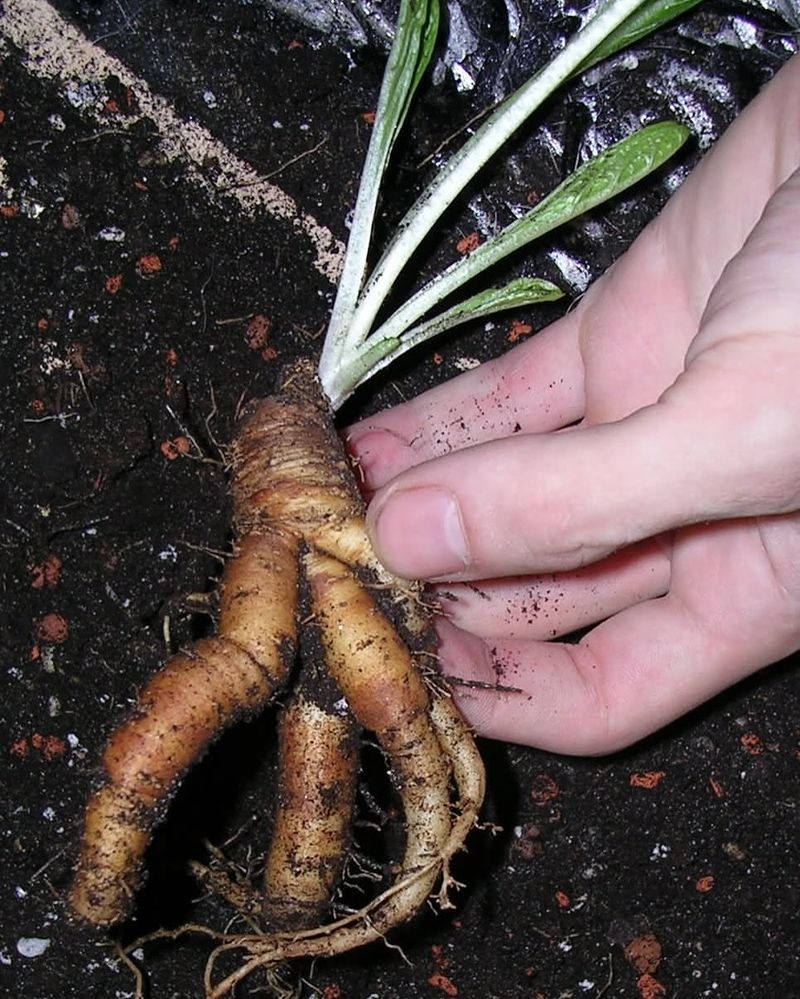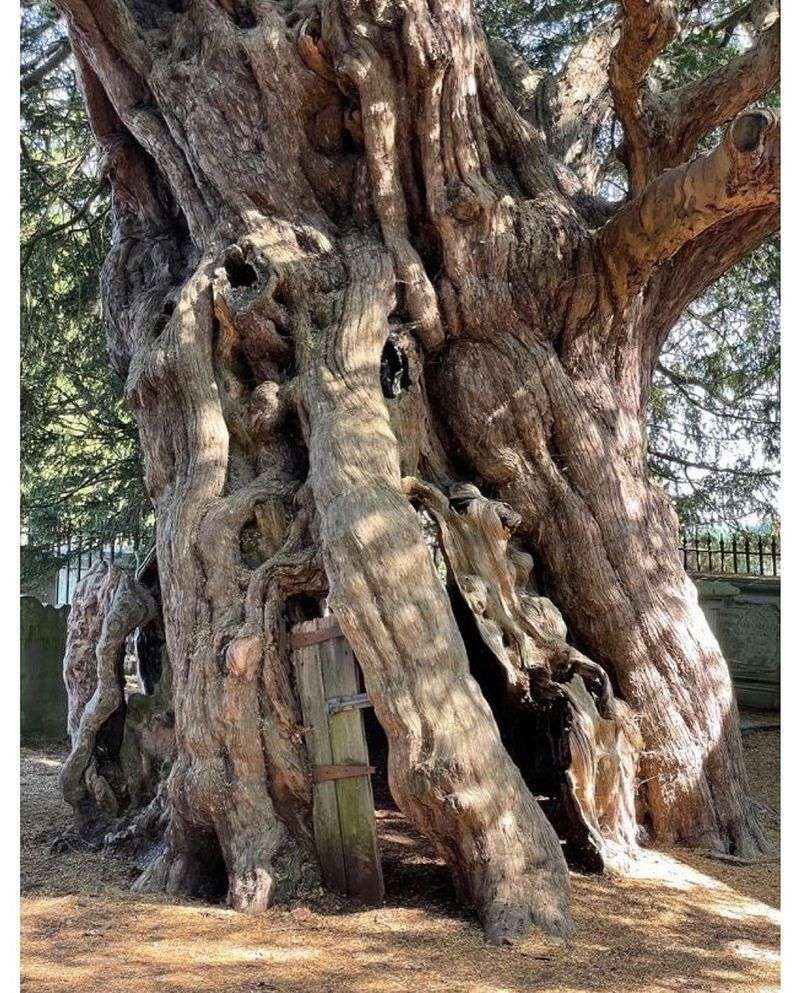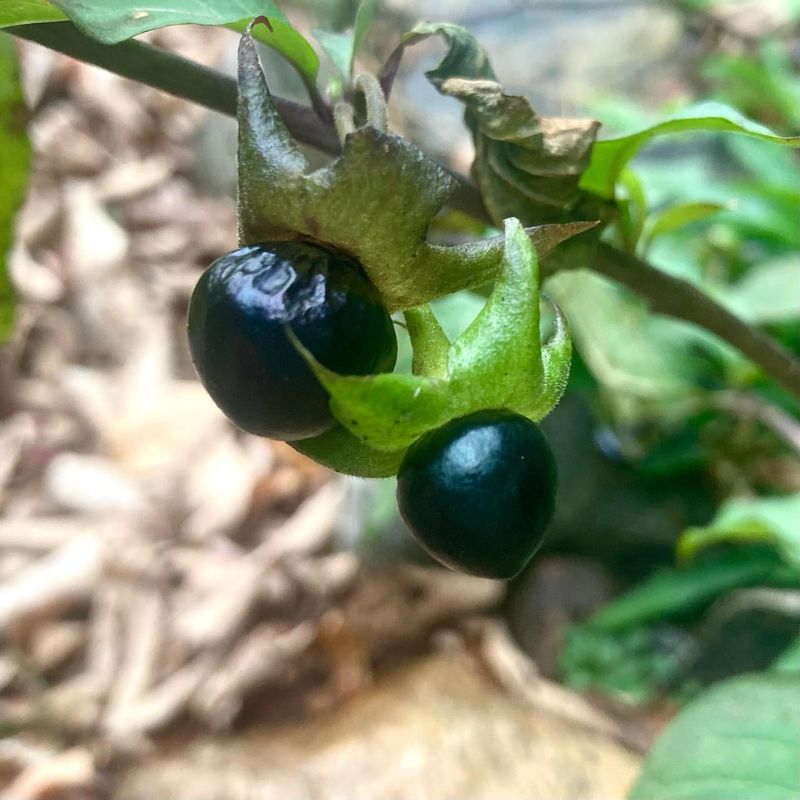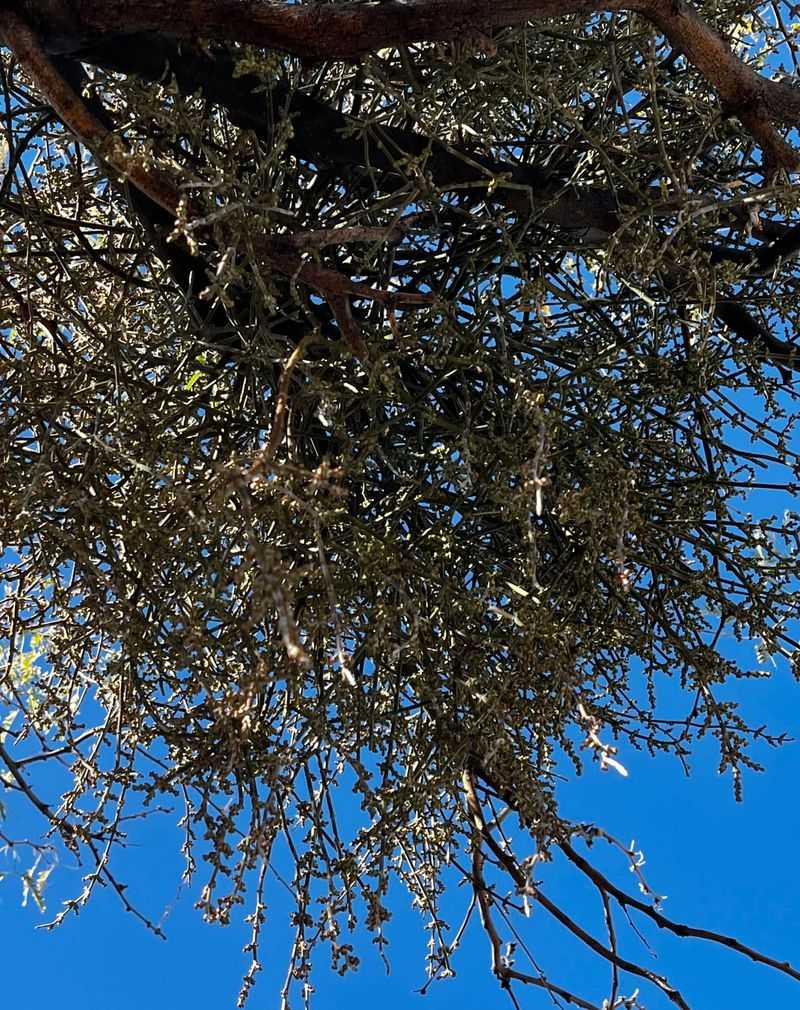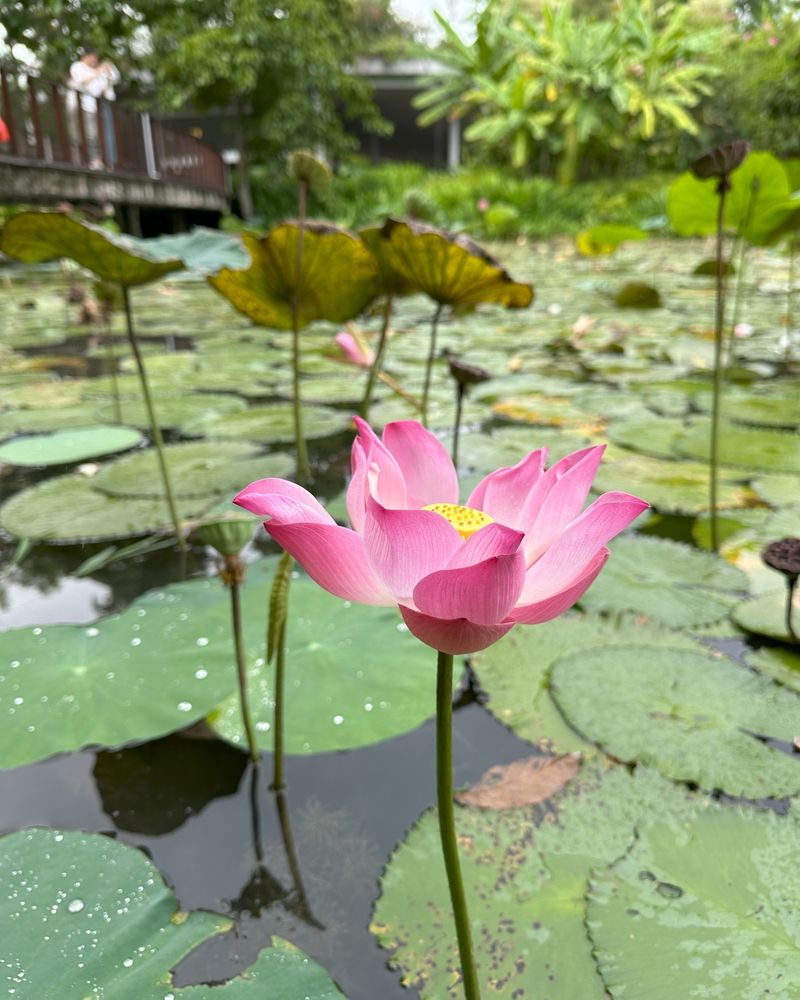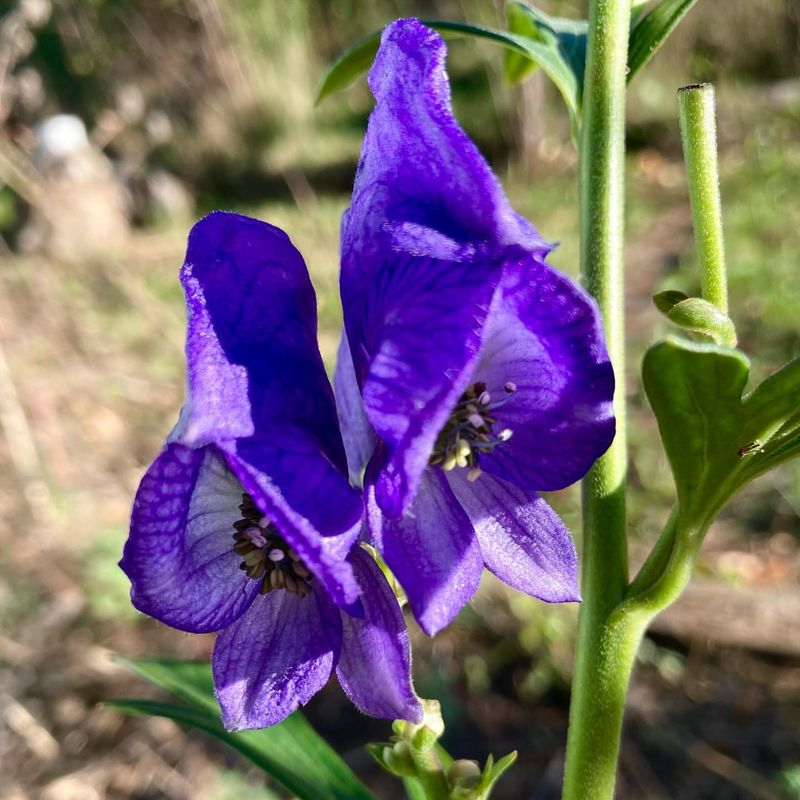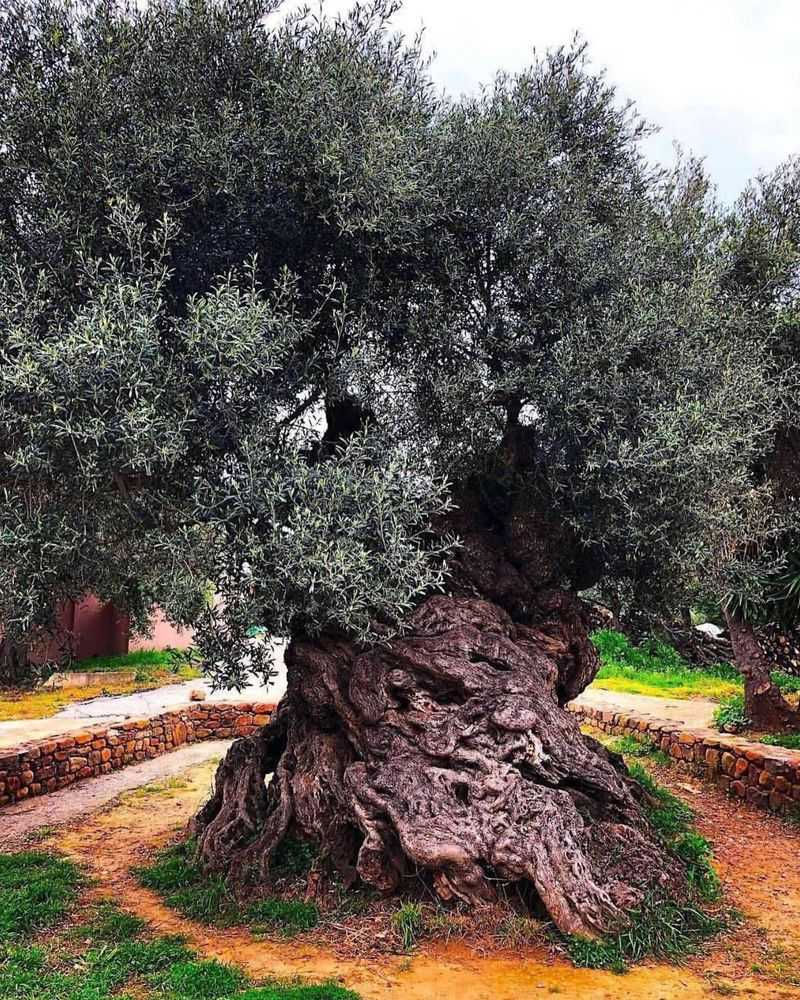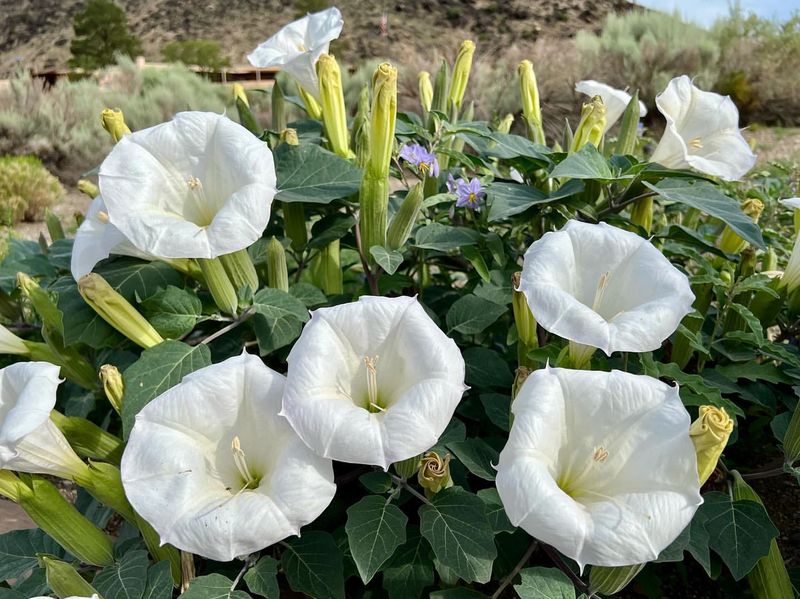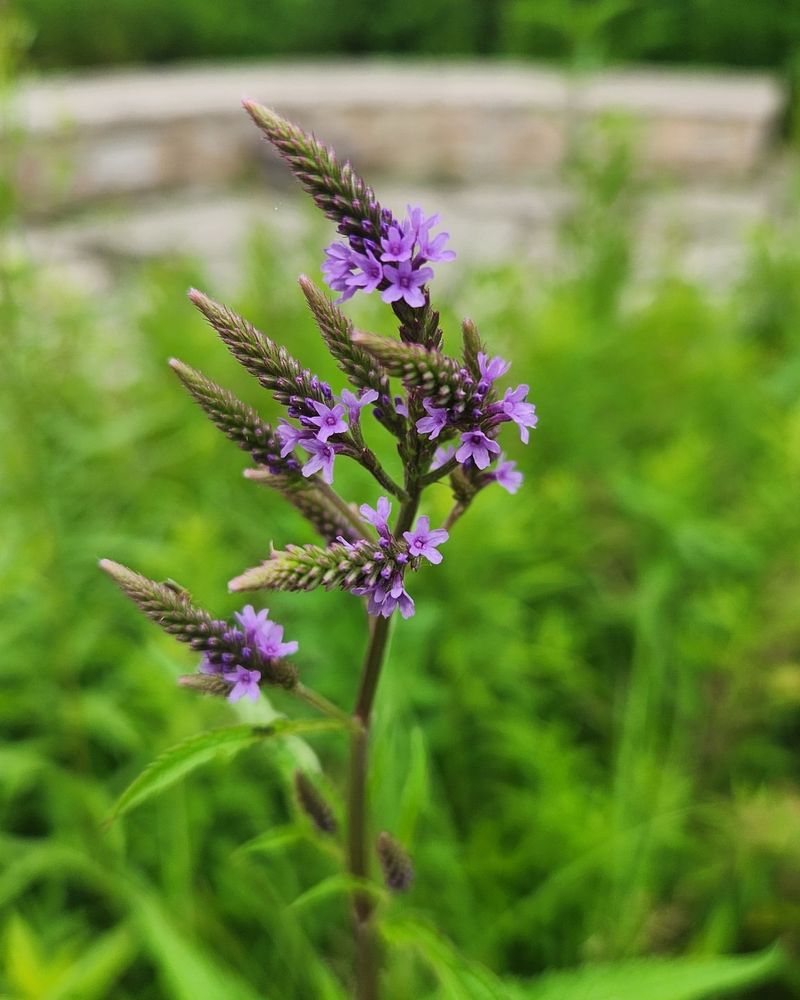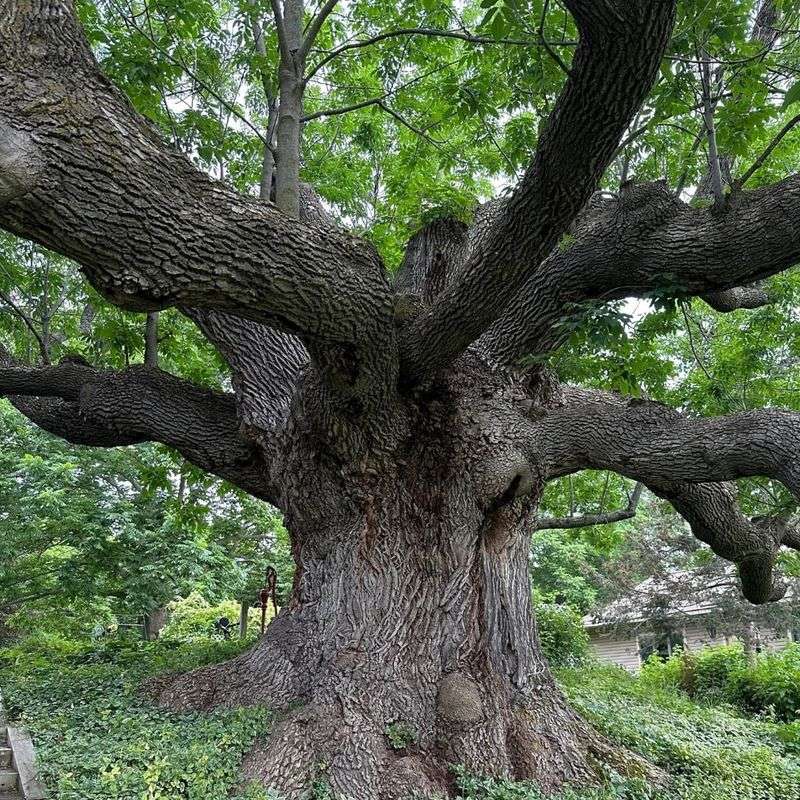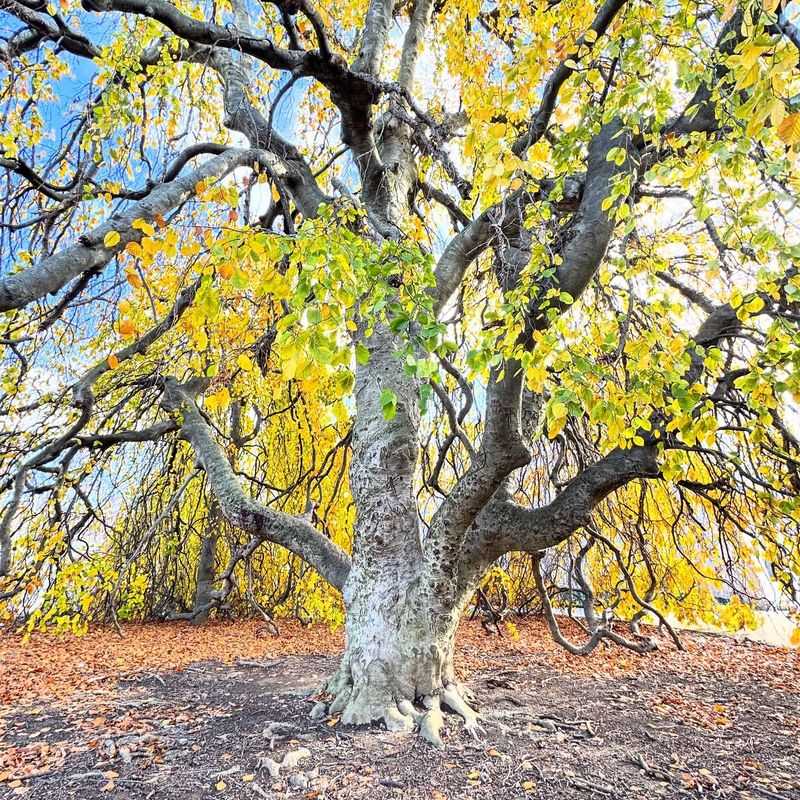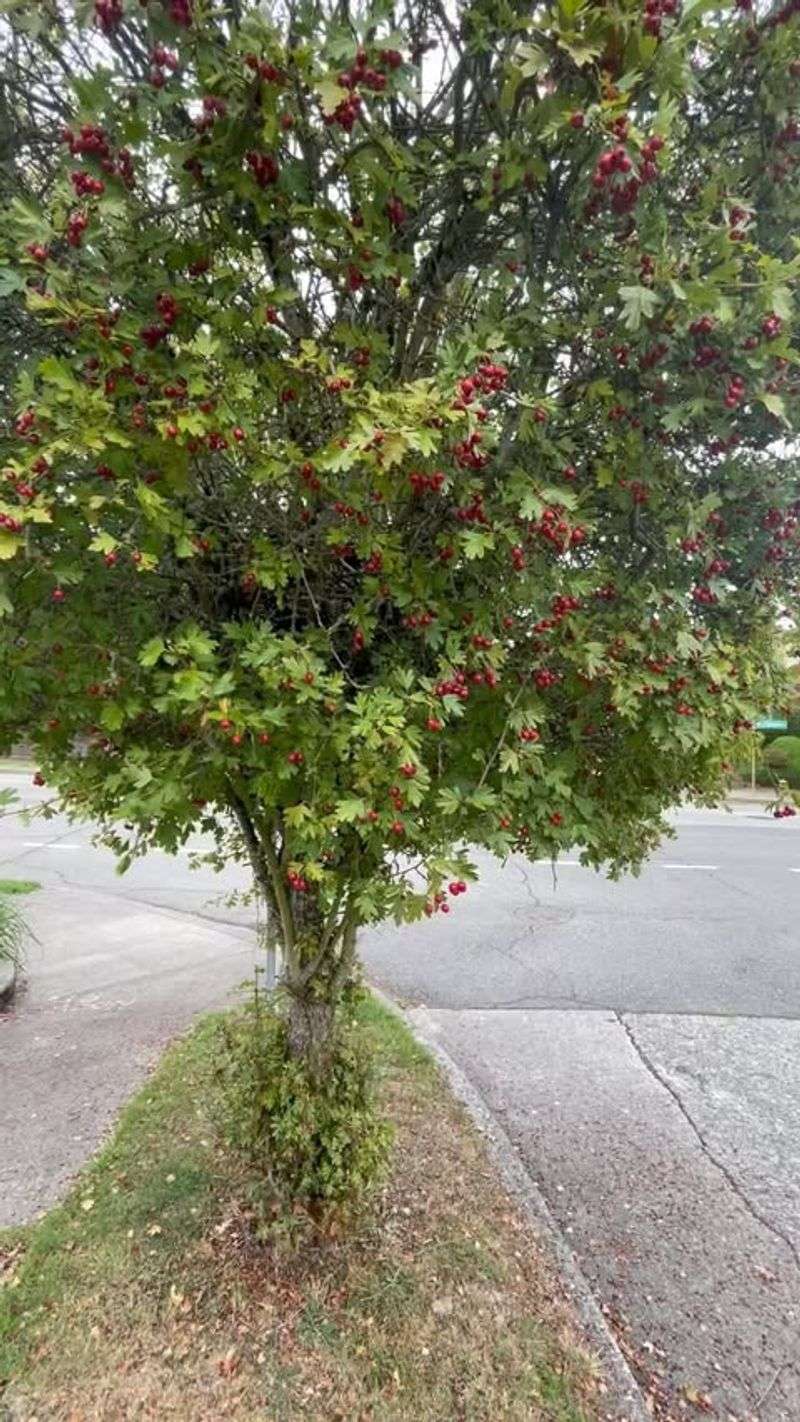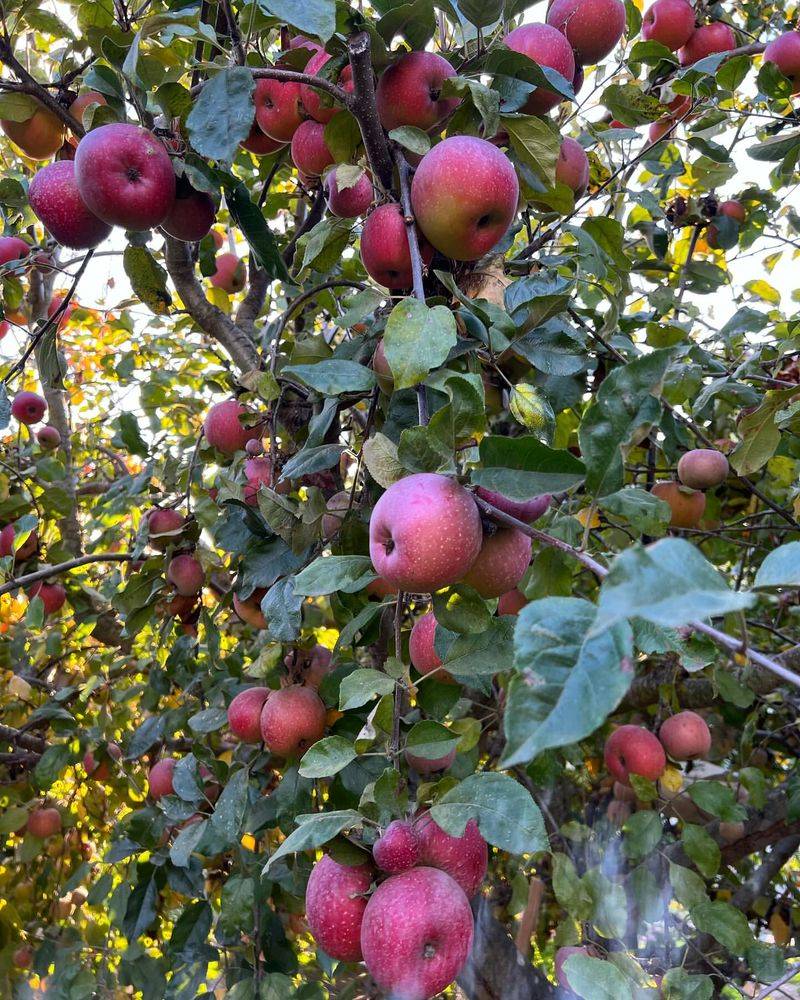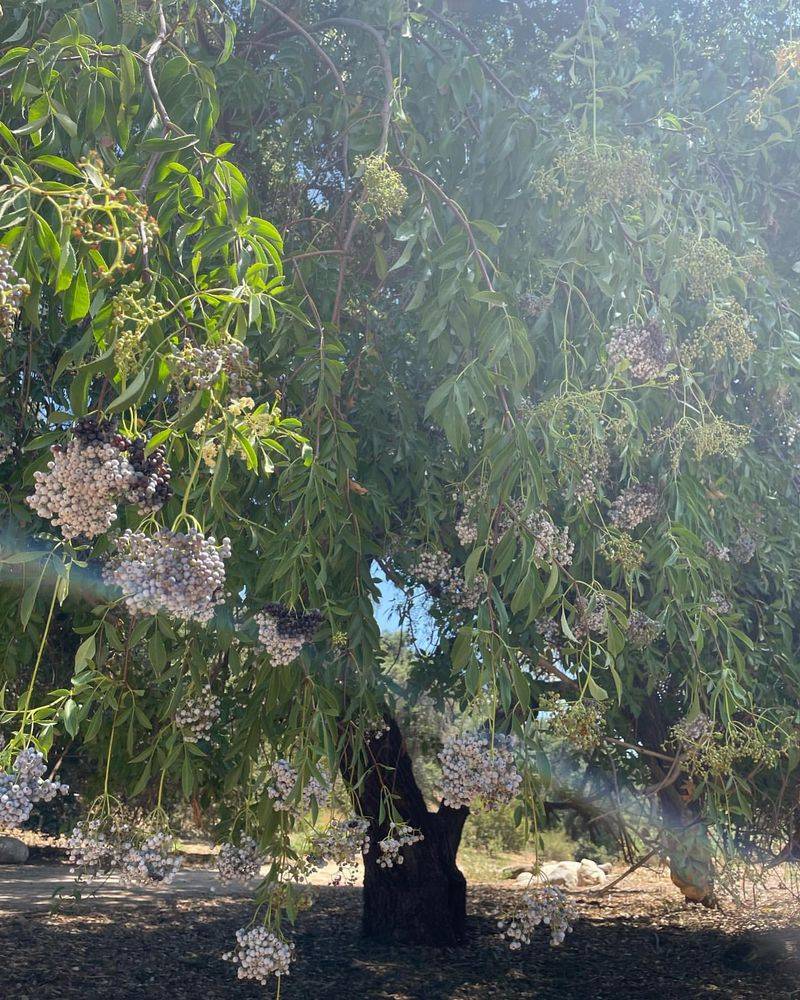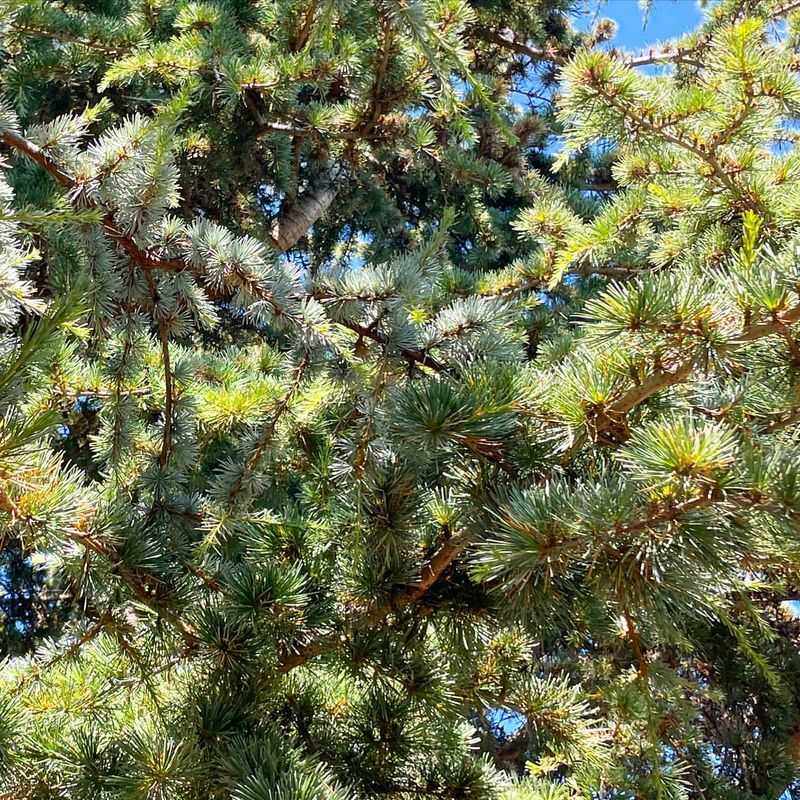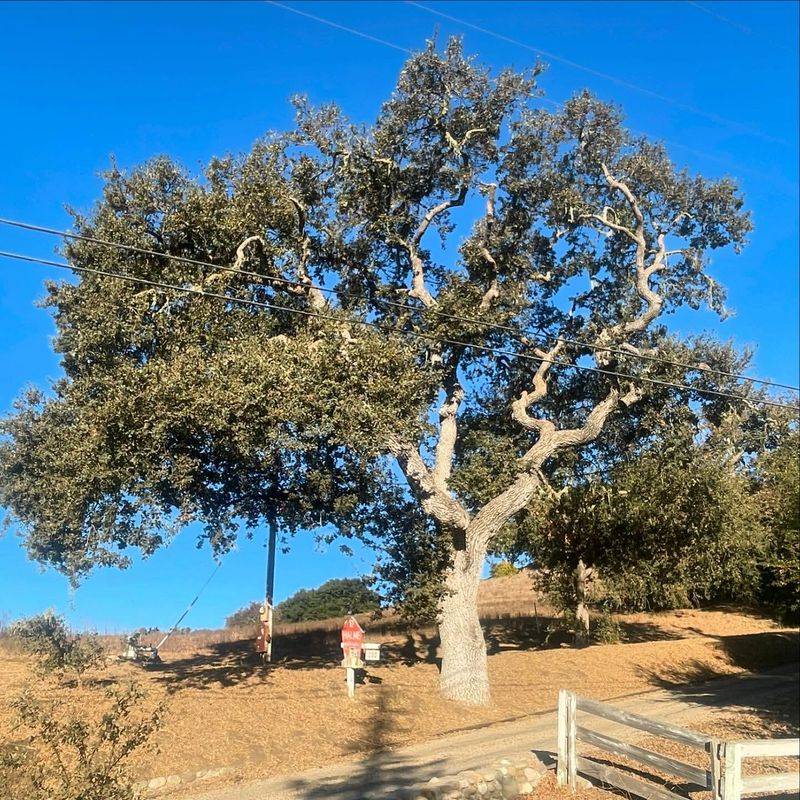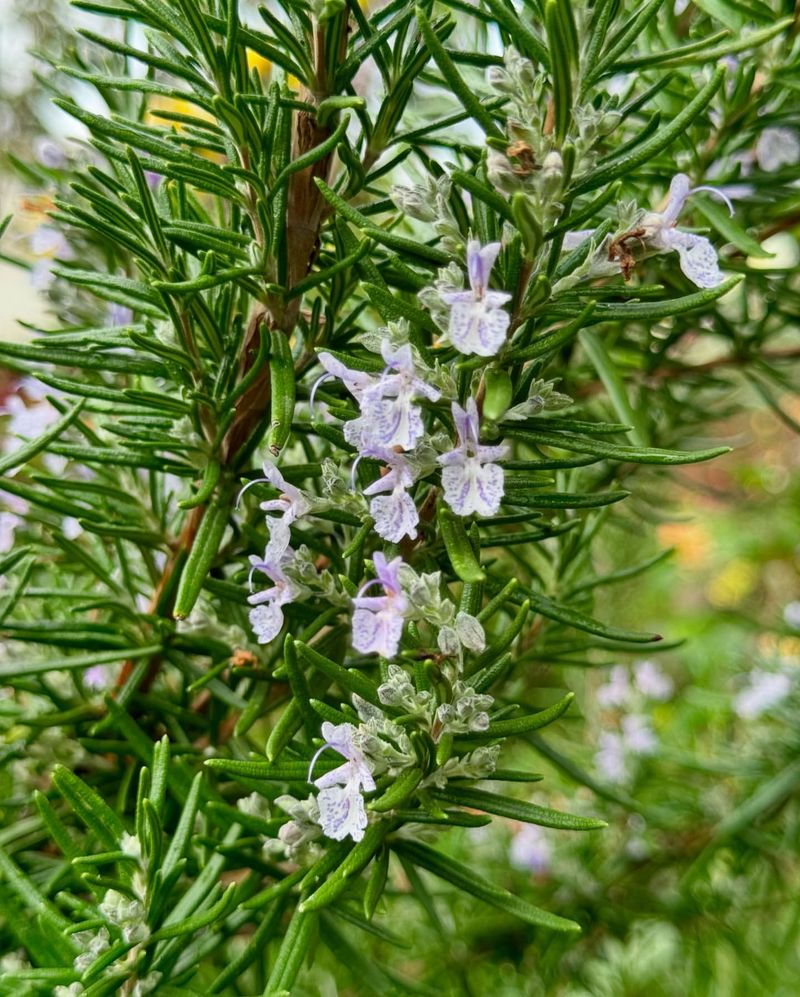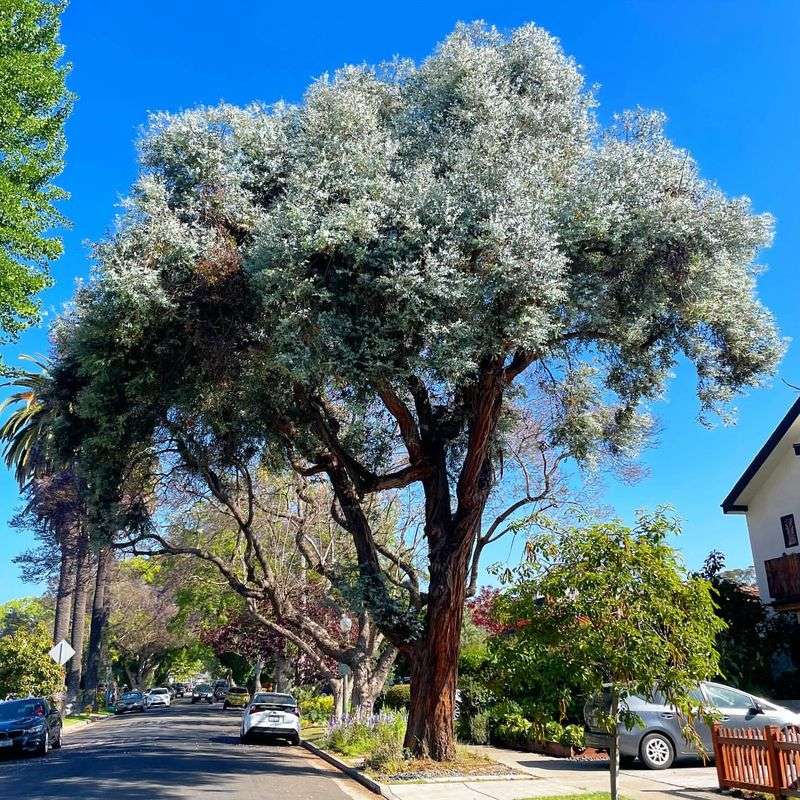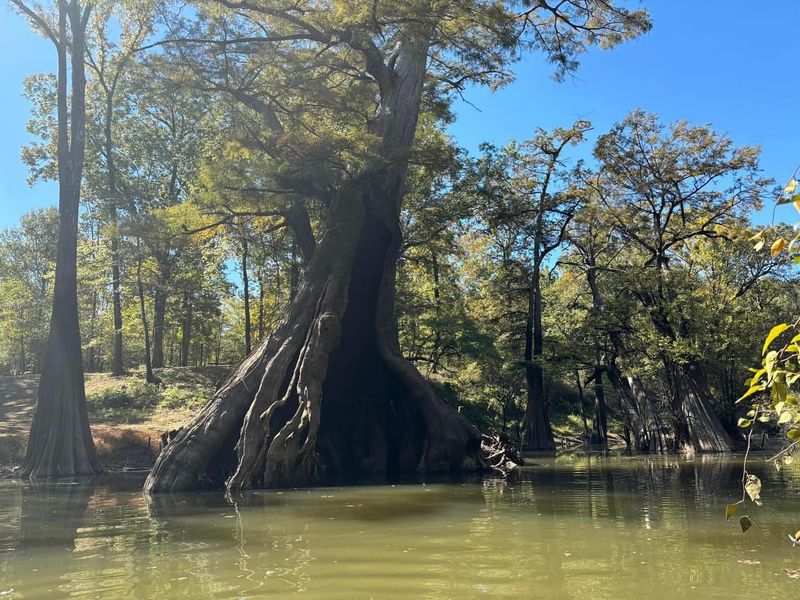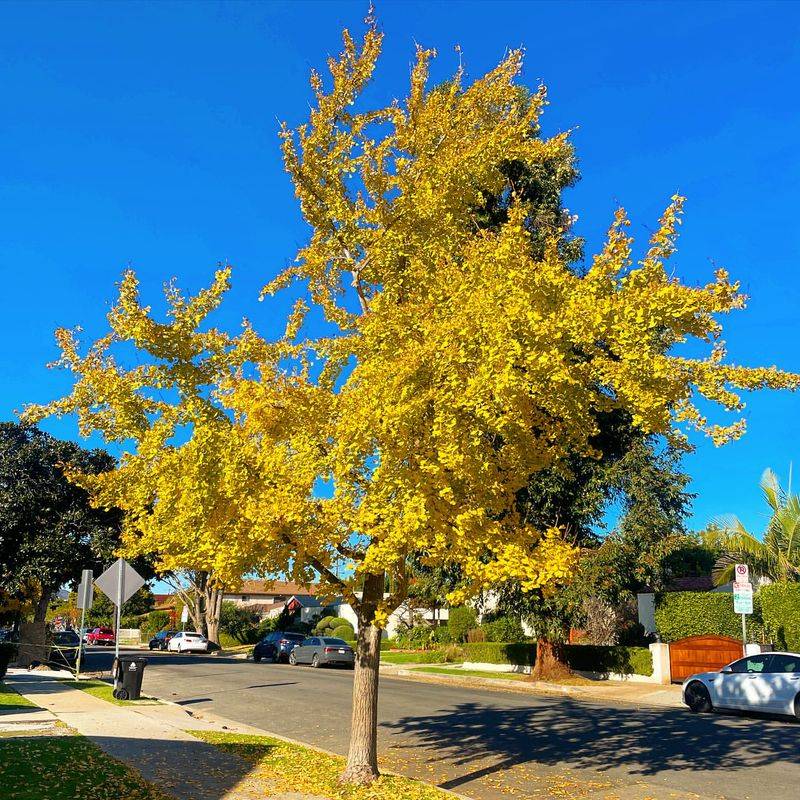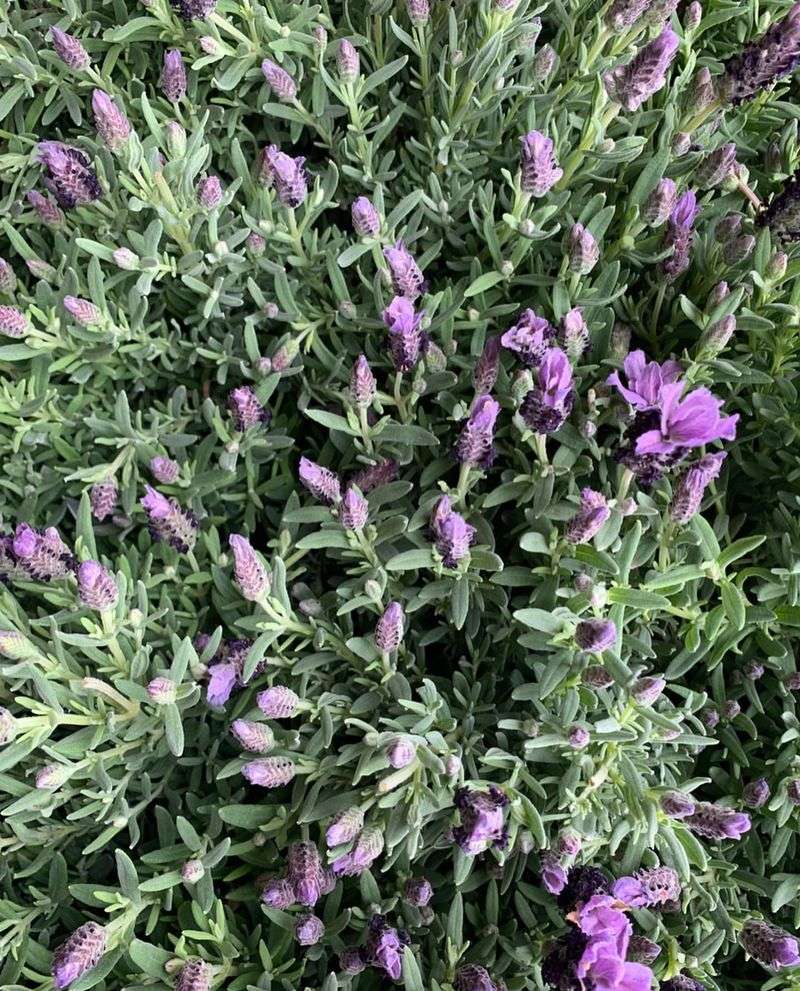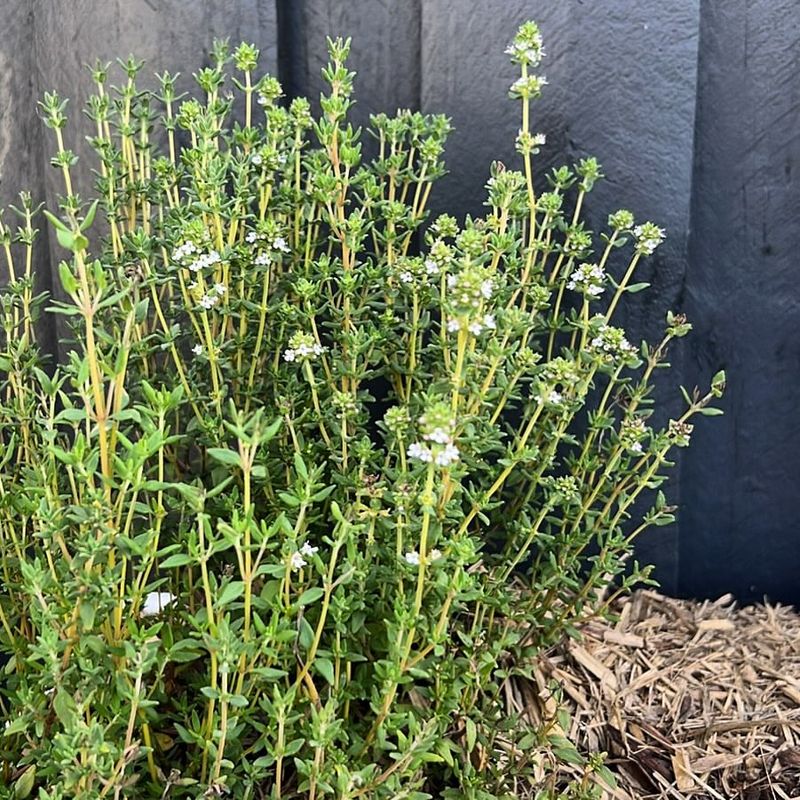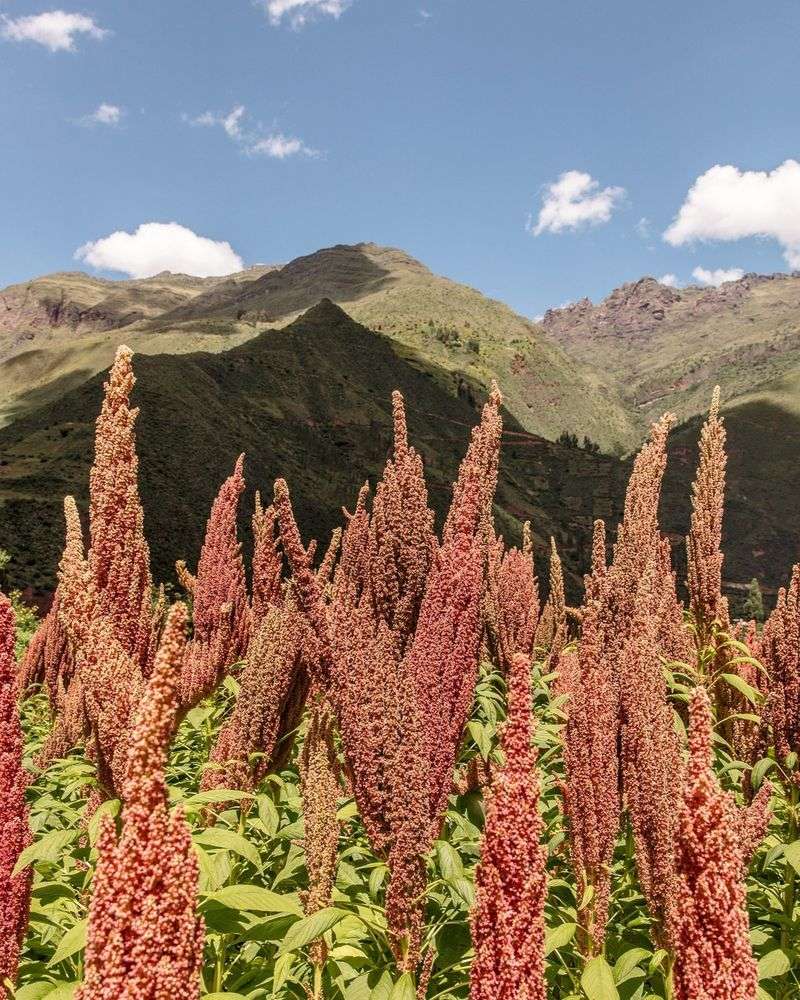Throughout history, certain plants have been shrouded in mystery, their stories woven into the fabric of supernatural lore.
These botanical wonders hold more than just natural beauty; they are steeped in tales that transcend the ordinary, captivating imaginations with their mystical significance.
1. Mandrake
In the depths of ancient forests, a plant whispered of dark magic stirs curiosity. The mandrake, with roots resembling the human form, has been feared and revered for its potent supernatural symbolism. Associated with witchcraft and legend, its scream when uprooted was said to be deadly.
Stories of the mandrake appear in folklore across cultures, often linked to fertility and protection. It was believed to offer powerful charms when harvested correctly.
In a world where nature and the mystical collide, the mandrake stands as a symbol of the unknown.
2. Yew Tree
Amidst the shadows of ancient cemeteries, a tree stands sentinel with an air of solemnity. The yew tree, known for its longevity and resilience, has woven its way into the tapestry of the supernatural.
Throughout history, it has been a symbol of death and rebirth. In Celtic mythology, it was believed that yews guarded the gateways to the underworld.
The tree’s dark, dense foliage and its ability to live for thousands of years add to its mystical reputation, making it a powerful symbol of eternity.
3. Belladonna
Hidden within secluded gardens, a plant of deadly beauty intrigues and alarms. Belladonna, or ‘deadly nightshade,’ has been legendary for its toxic allure and supernatural ties.
In ancient lore, it was used by witches for its hallucinogenic properties. The plant’s dark berries and lush foliage are steeped in mystery.
Symbolizing danger and allure, belladonna has been linked to rituals and enchantments throughout history. Its infamous reputation as a poison adds a layer of intrigue to its mystical symbolism.
4. Mistletoe
Amid the chill of winter, a plant suspended between earth and sky captures the spirit of the season. Mistletoe, with its white berries, has long been a symbol of peace and fertility.
In Norse mythology, it was revered as a sacred plant, used in rituals to bring harmony and ward off evil spirits. Its unique growth, often high in the branches of trees, only adds to its mystical air.
Associated with ancient Druids, mistletoe bridges the gap between the earthly and the divine.
5. Lotus
Floating serenely on tranquil waters, a flower unfolds with timeless grace. The lotus, celebrated across cultures, embodies purity and enlightenment. Its journey from murky waters to the sunlit surface is a testament to spiritual awakening.
In Eastern mythology, the lotus is a symbol of creation and rebirth. Revered in Buddhism and Hinduism, it represents the soul’s journey towards enlightenment.
Its delicate blooms rise above the water, untouched by impurity, embodying the pursuit of clarity and peace in a tumultuous world.
6. Wolfsbane
In shadowy woodland clearings, a plant with spires of blue flowers whispers of the supernatural. Wolfsbane, or aconite, has long been associated with werewolves and dark magic.
In European folklore, it was believed to repel werewolves and protect against shapeshifters. Its toxic nature and striking appearance have made it a staple in tales of mysticism.
Wolfsbane’s dual symbolism of protection and danger reflects humanity’s fascination with the mystical and the unknown realms that lie beyond everyday understanding.
7. Olive Tree
Beneath the Mediterranean sun, a tree with gnarled branches tells stories of peace and prosperity. The olive tree, symbolizing peace and endurance, holds a sacred place in mythology.
In Greek lore, the olive was a gift from Athena, goddess of wisdom, symbolizing victory and strength. Its oil has been used in sacred rituals and as a symbol of divine favor.
The olive tree’s resilience and ability to thrive in harsh conditions add to its legendary status, embodying hope and renewal across cultures.
8. Rowan
In misty mountain landscapes, a tree with vibrant berries stands as a guardian against evil. The rowan tree, often called the “witch tree,” has been revered for its protective powers and magical associations.
Throughout Celtic folklore, it was believed to ward off malevolent spirits and fortify the land with magic. Its bright red berries and delicate leaves add to its mystique.
The rowan’s presence in ancient rituals and its role in folklore highlight its status as a symbol of protection and the magical forces of nature.
9. Datura
Under a starlit sky, a plant with trumpet-shaped blooms invites dreams and visions. Datura, known for its potent hallucinogenic properties, has been revered and feared in equal measure.
In many cultures, it is linked to spiritual journeys and shamanic rituals. The plant’s striking white flowers and thorny seed pods add to its mysterious aura.
Datura stands as a symbol of the thin veil between reality and the mystical, where dreams and visions merge, guiding the seeker towards the unknown.
10. Vervain
In sun-dappled meadows, a plant with delicate blooms speaks of healing and protection. Vervain, revered for its medicinal qualities, has a rich history in folklore.
Often associated with divine and magical properties, it was believed to ward off evil and bring blessings. In Roman and Druidic traditions, vervain was used in sacred ceremonies and as a protective charm.
Its gentle, unassuming beauty belies its powerful symbolism, linking the earthly with the divine through healing and safeguarding.
11. Ash Tree
Against a stormy sky, a tree with soaring branches stands as a bridge between worlds. The ash tree, central to Norse mythology, represents Yggdrasil, the world tree connecting all realms.
Its deep roots and expansive canopy symbolize the universe’s structure. In Norse lore, it was believed to hold the cosmos together, its branches reaching into the heavens.
The ash tree’s enduring presence in mythology highlights its role as a symbol of connection and strength, anchoring the world in balance.
12. Alder
By tranquil rivers, a tree with dark bark whispers of courage and protection. The alder tree, with its connection to water and strength, holds a special place in Celtic mythology.
It was believed to protect against evil and offer courage in battle. Warriors carried alder wood into combat for its protective properties.
Its presence along riverbanks symbolizes the balance between water and strength, making it a powerful emblem of resilience and protection in the face of adversity.
13. Hawthorn
Across rolling countrysides, a tree with thorny branches guards the secrets of enchantment. The hawthorn, with its delicate white blossoms, is deeply intertwined with fairy lore and magic.
In Celtic tradition, it was believed to be a portal to the fairy realm, its blooms marking the arrival of spring. Often planted near homes for protection, its thorny branches symbolize both beauty and danger.
The hawthorn’s mystical associations highlight its role as a guardian of the boundary between the human and fairy worlds.
14. Apple
In an idyllic orchard, a tree laden with fruit whispers of temptation and knowledge. The apple tree, with its rich symbolism, is central to many myths and legends.
In the biblical tale of Adam and Eve, the apple represents forbidden knowledge and temptation. In Celtic mythology, it is associated with immortality and the Otherworld.
Its sweet, crisp fruit and fragrant blossoms invite contemplation of duality and choice, weaving a tapestry of stories that touch on the essence of human experience.
15. Elder
In moonlit woodlands, a tree with fragrant flowers whispers of protection and wisdom. The elder tree, revered in folklore, is often associated with magic and healing.
In many traditions, it was believed to ward off evil spirits and offer protection. Its white flowers and dark berries are used in various remedies and rituals.
The elder’s presence in magical lore underscores its role as a guardian of the mystical, bridging the realms of the visible and unseen with its ancient wisdom.
16. Cedar
In serene forests, a tree with majestic stature speaks of strength and spirituality. The cedar, known for its aromatic wood, holds a sacred place in various cultural traditions.
In ancient Middle Eastern mythology, it was seen as a symbol of power and protection. Cedar wood was used in religious ceremonies and as a mark of divine presence.
The tree’s enduring strength and fragrant wood make it a powerful symbol of spirituality, bridging the natural and divine in a harmonious embrace.
17. Oak
In a sunlit glade, a tree of might and majesty tells tales of strength. The oak, with its sprawling branches and thick trunk, is revered across cultures for its endurance and power.
In Celtic and Greek mythology, it is a symbol of strength and protection, often associated with gods like Zeus and Thor.
The oak’s presence in sacred groves and its role in ancient rituals highlight its status as a pillar of endurance and connection to the divine, a testament to nature’s enduring spirit.
18. Bamboo
In an Asian landscape, a grove of swaying stalks whispers of resilience. Bamboo, known for its rapid growth and flexibility, is deeply symbolic in Eastern cultures.
In Chinese mythology, it represents strength and adaptability, its hollow stalks symbolizing openness and humility. Bamboo’s presence in art and literature underscores its role as a symbol of resilience.
Its ability to thrive in diverse environments makes it a powerful emblem of the balance between strength and flexibility, cherished in both myth and reality.
19. Rosemary
In a sunlit herb garden, a fragrant plant whispers of remembrance. Rosemary, with its needle-like leaves and aromatic scent, has long been associated with memory and fidelity.
In ancient Greek and Roman traditions, it was used in rituals and worn by brides for its symbolism of love and loyalty. Its presence in funerary rites underscores its connection to remembrance.
Rosemary’s enduring fragrance serves as a reminder of the past, its symbolism weaving a connection between memory and the living.
20. Eucalyptus
In the vast landscapes of Australia, a tree with smooth bark whispers of healing. The eucalyptus, with its aromatic leaves, is revered for its medicinal properties and protective symbolism.
In Aboriginal mythology, it is associated with cleansing and protection, its leaves used in purification rituals. Eucalyptus oil, derived from its leaves, is renowned for its healing qualities.
The tree’s ability to thrive in challenging environments makes it an enduring symbol of resilience and renewal, bridging the natural and the mystical.
21. Cypress
In serene landscapes, a tree with a slender silhouette whispers of eternity. The cypress, known for its association with mourning, holds a sacred place in mythology.
In ancient Greek and Roman cultures, it was planted in cemeteries as a symbol of eternal life. Its tall, graceful form and dark foliage embody both grief and hope.
The cypress’s role in funerary symbolism highlights its connection to the afterlife, standing as a guardian of the boundary between life and death, and the promise of renewal.
22. Ginkgo
In urban parks, a tree with fan-shaped leaves tells tales of resilience. The ginkgo, often called a living fossil, is renowned for its longevity and endurance.
In Asian cultures, it symbolizes hope and peace, often planted near temples and sacred sites. The ginkgo’s ability to survive in diverse conditions, including atomic bomb sites, underscores its resilience.
Its unique leaves offer a glimpse into the ancient past, highlighting its role as a symbol of perseverance and the enduring spirit of life.
23. Lavender
In fields of purple blooms, a scent of calm whispers through the air. Lavender, cherished for its calming fragrance, holds a special place in healing traditions.
In ancient myths, it was used to bring peace and ward off evil spirits. Its soothing aroma and vibrant flowers make it a staple in rituals and remedies.
Lavender’s presence in folklore and its role in promoting tranquility highlight its status as a symbol of healing and serenity, bridging the gap between nature’s beauty and its calming influence.
24. Thyme
In a sunlit herb garden, a plant with tiny leaves whispers of courage. Thyme, known for its culinary and medicinal uses, has a rich history in folklore.
In ancient Greece, it was associated with bravery and purification, used in baths and temples. Its delicate flowers and fragrant leaves are steeped in symbolism.
Thyme’s role in rituals and its connection to courage and cleansing highlight its enduring presence in myth, a testament to the intertwined nature of plants and human culture.
25. Amaranth
In lush gardens, a plant with vibrant plumes speaks of immortality. Amaranth, with its striking red and purple flowers, is symbolic of eternal life and resilience.
In Greek mythology, it was associated with the concept of unfading beauty and was often placed on the tombs of heroes. Its hardy nature and striking appearance make it a powerful symbol of endurance.
Amaranth’s presence in myth and reality highlights its role as a beacon of resilience, bridging the gap between the ephemeral and the everlasting.


